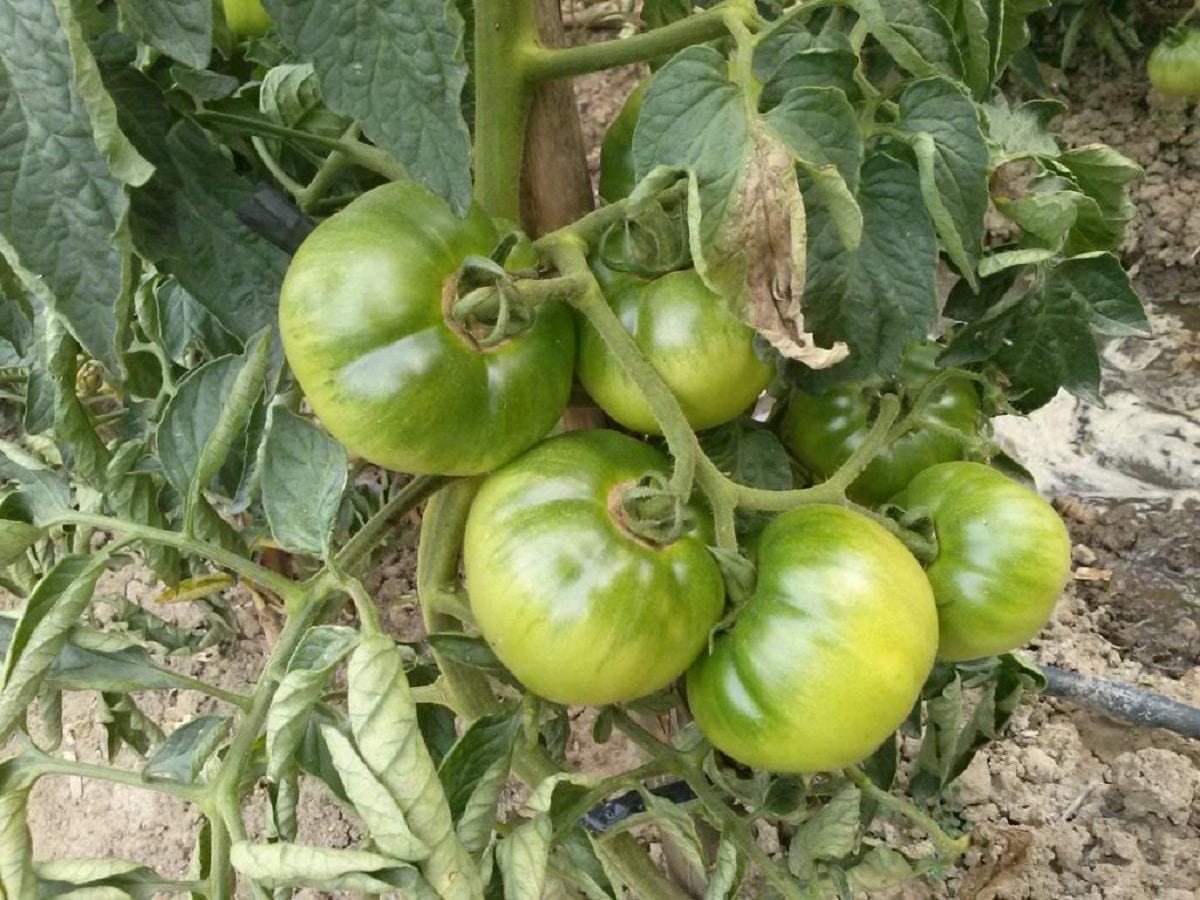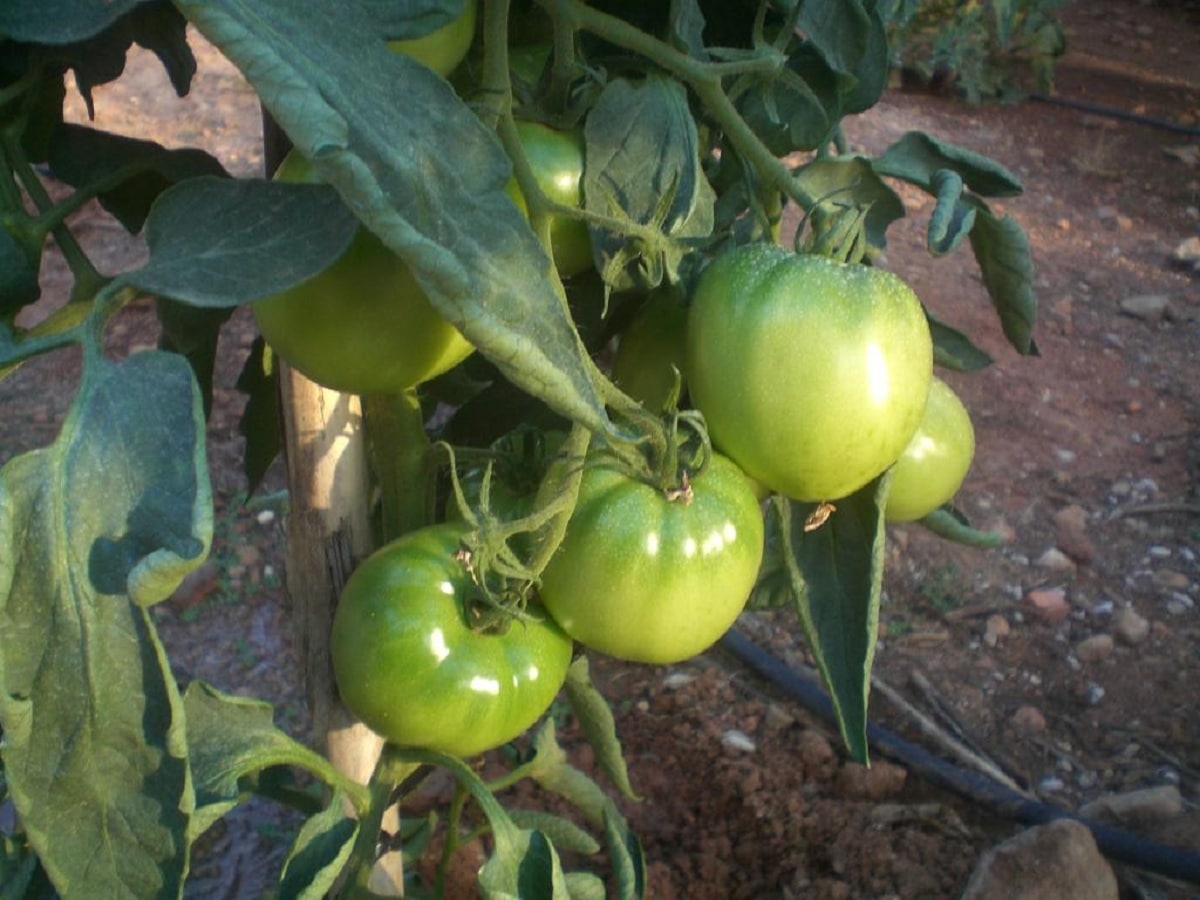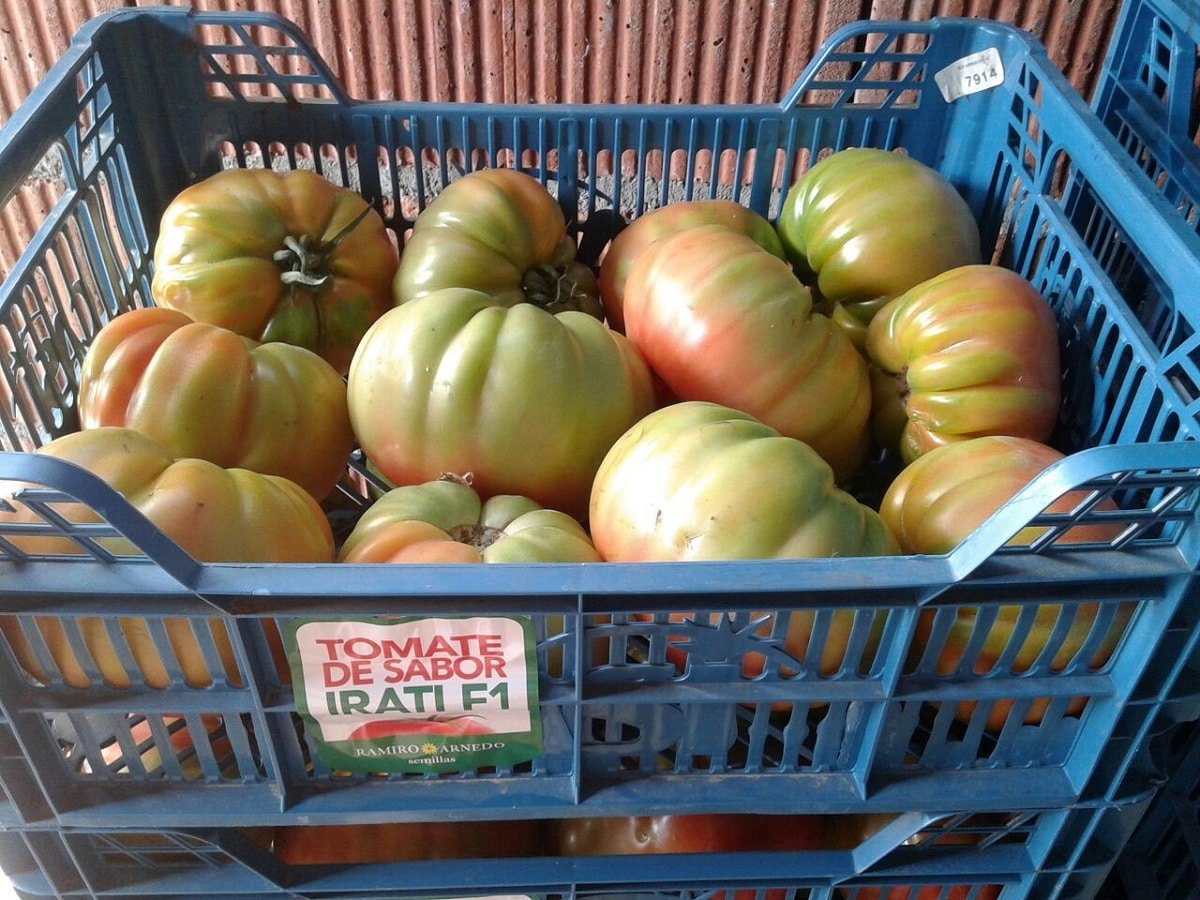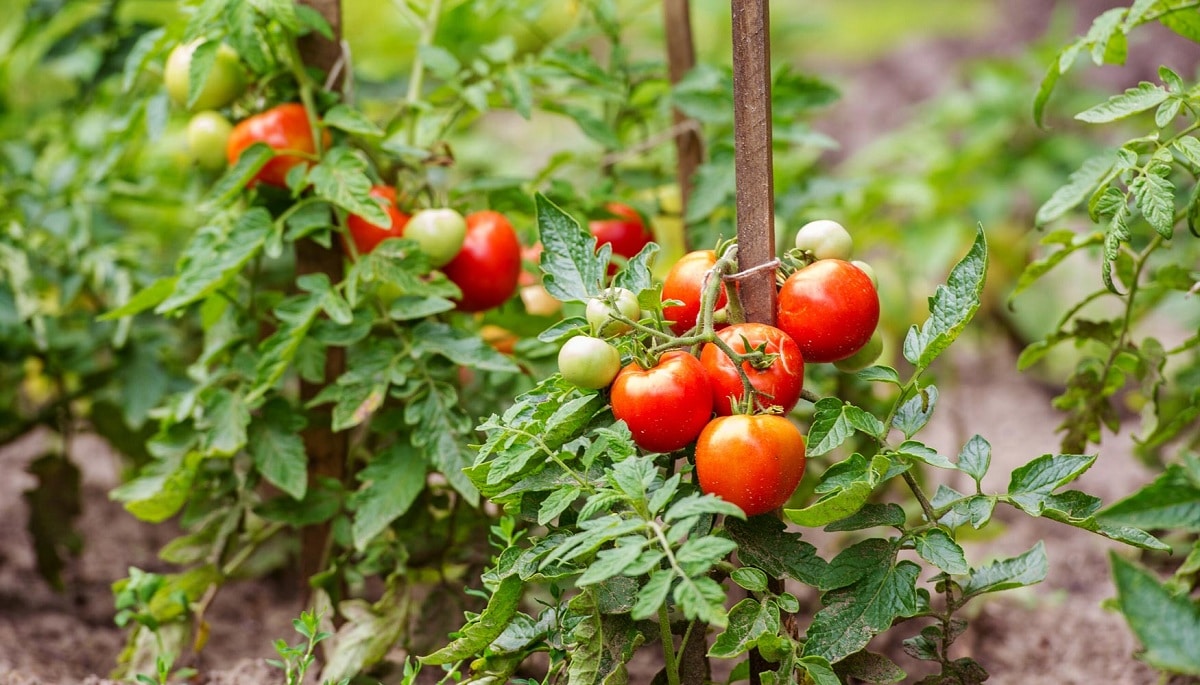
We know that the tomato is considered one of the species that offers more variety and versatility in its use at a gastronomic level. There are numerous versions of tomatoes and each of them has its own gastronomic value. One of the special varieties for making salads widely used in restaurants is the variety of optimal tomato. This is because they have very good organoleptic characteristics, but it requires certain requirements in its cultivation.
In this article we are going to tell you all the characteristics, cultivation and maintenance of the optimal tomato.
Key features

This variety of tomato seeks to have very good organoleptic characteristics to be able to be used in restaurants and in places with great food prestige. These organoleptic characteristics must be attractive to the consumer. Both the smell, the color and the flavor must have a great contribution so that the consumer prices this species before another. In other words, the attractiveness of the optimal tomato variety is that it has a medium size, an intense red color and a greenish neck with a spherical and traditional shape.
This makes this tomato species a classic relic within the species. The advantage at the productive level are quite high. Not only is it a type of tomato in high demand in gastronomy, but it also has a high level of production. It is considered a rustic variety so it requires less maintenance and eases production costs. It has rustic capacity since it withstands very well changes in the climate, daily handling and pruning that can be done.
The optimal tomato planting framework is around 15.000 to 20.000 plants per hectare. In addition, it has a high yield and good conservation after harvest. It is capable of adapting very well to various environmental conditions, becoming one of the tomato varieties with the highest productive yield. This high quality fruit as it has a globose appearance and an extraordinary flavor.
Usually usually weigh between 250gr and 300gr and is intended for fresh consumption. The most common consumption of this tomato is salads. For each envelope of seeds that has an optimal tomato, you can have about 250 more seeds. At a professional level only, a plant cultivation is carried out. The planting frame of this tomato is 2 plants per square meter with its trellis or encased. The great vigor of this species made rustic development makes it adapt very well to the climatic conditions of humidity and temperature.
Optimal tomato cultivation

We are now going to analyze the characteristics of the optimal tomato crop. The first thing to take into account is the climatic zone where we are going to plant it. If the area has a cold climate, we must sow from April to July. On the other hand, in areas with a warmer climate we can afford to bring this date forward a month earlier. If we carry out this crop in a greenhouse we can lengthen the crop cycle depending on the conditions of said crop.
Normally, in warmer climates, sowing begins in March. The plant growth transplant occurs until June. It is already in July where fruit set and development takes place. Finally, in the month of September the tomato has already matured and is ready for harvest. With a harvest of 7 months, a large number of specimens can be produced that can be used so that restaurants can provide great quality in their salads.
Among the requirements for the optimal tomato cultivation we find the following:
Temperature
La Ideal temperature for tomato cultivation should be between 20 and 30 degrees Celsius. More or less we can expand this range of temperatures between 5 degrees both up and down since this variety has great rusticity. If these five degrees are varied, the tomato crop is not affected, although its growth capacity may decrease. If the temperature drops below 15 degrees, we will have problems for growth and pollination. This will mean that the fruits will not be able to set.
On the contrary, above 35 degrees we will have flowers but the pollination will be lower and the quality of the pollen will be lower. This occurs because they must have a minimum amount of humidity for the pollen to have viability for insects. This pollen loses quality when the temperature is higher since the humidity is maintained to a lesser extent.
Luz
Light is another important factor for optimal tomato cultivation. And it is that this variety requires a large amount of light per day to be able to carry out photosynthesis. This is the process by which you can get energy through light and a lot of sun exposure is highly necessary for you to get fat and mature properly. With good sun exposure, the fruits will grow in good condition and with high quality.
We cannot confuse the amount of light with its exposure to full sun. Is not the same. The direct sun on the fruits for many hours can cause stains. These spotted fruits are often called asonolanate in agricultural parlance. It is usually identified with irregular colorations and cracks in the fruit.
Optimal tomato pests and diseases

Although this variety of plant has greater rusticity, it is inevitable that it can be attacked by the typical pests and diseases that take place in the fields of cultivation. Among the most abundant and frequent pests in the optimal tomato crop we find the Red spider, White fly, the tomato moth and trips.
On the other hand, among the most common diseases we have mildew, powdery mildew and gray rot. In order to avoid some pests and diseases we have to take care of the weeds that grow around the crops. With good maintenance and correct compliance with these conditions, we can have a good harvest.
I hope that with this information you can learn more about the optimal tomato.
Hello, how do you avoid cracking when the dew starts to fall?